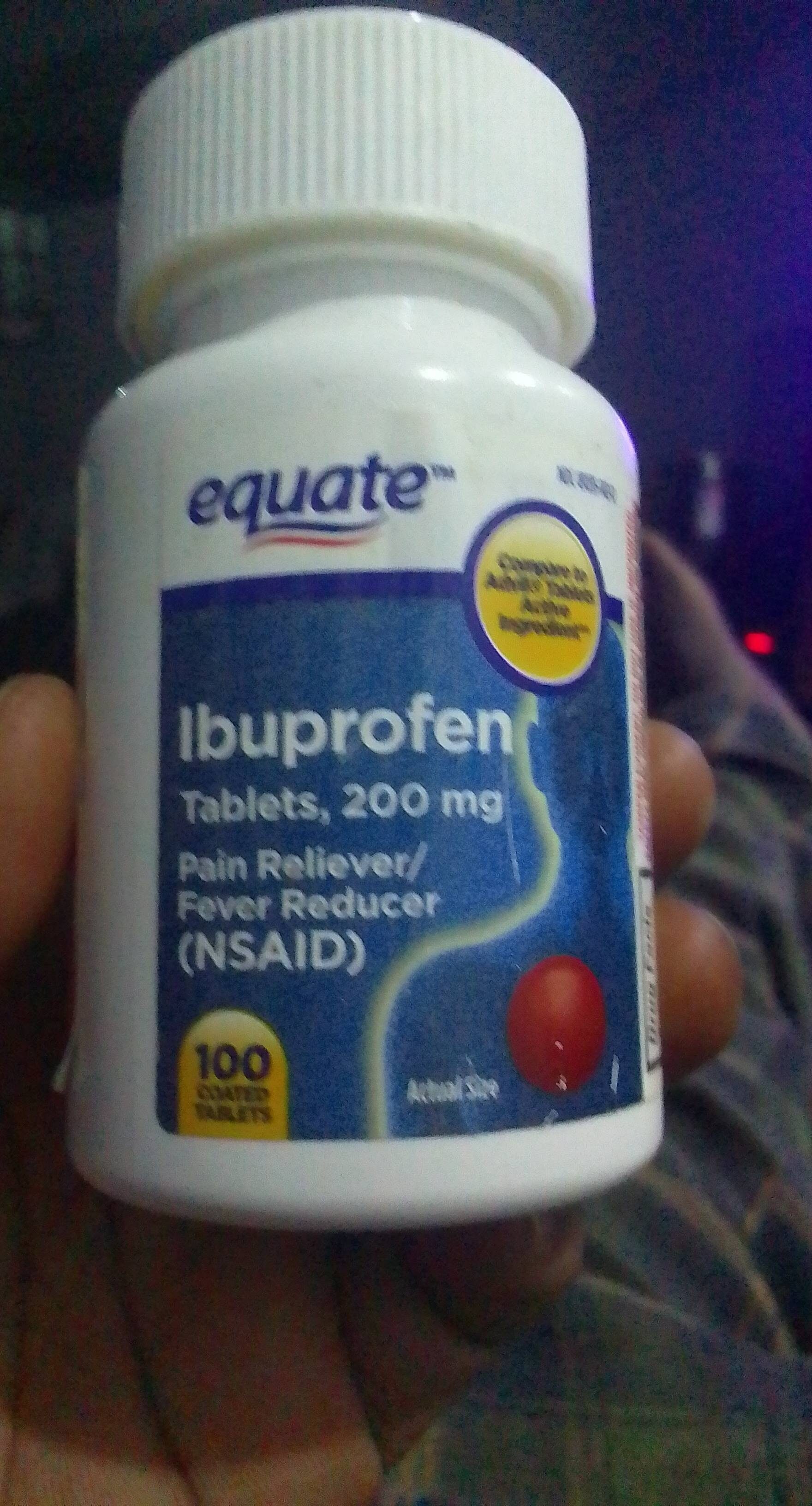Ibuprofen - Equate - 100 tablets
This product page is not complete. You can help to complete it by editing it and adding more data from the photos we have, or by taking more photos using the app for Android or iPhone/iPad. Thank you!
×
Barcode: 0681131699372 (EAN / EAN-13) 681131699372 (UPC / UPC-A)
Quantity: 100 tablets
Brands: Equate
Categories: Non food products
Countries where sold: United States





